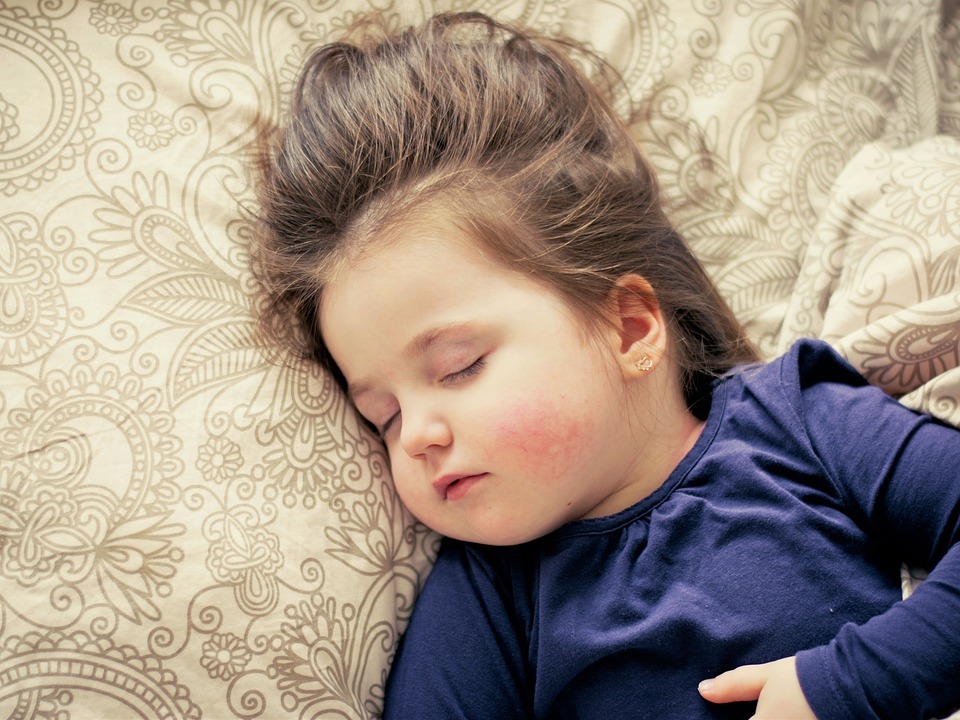Sleep is an essential component of human life and is especially important for children's development, growth, and general wellbeing. Understanding how children sleep differs from adults, which is crucial for parents and carers to make sure kids get the restorative sleep they require.
This Blog by Katie Kovaleski will explore the interesting realm of paediatric sleep cycles and highlight the main distinctions between adult and kid sleep cycles.
Sleep cycles in adults
An adult's usual sleep cycle lasts between 90 and 120 minutes, and they go through several cycles throughout the course of the night. The REM phases of the early sleep cycles are typically shorter than those of the later cycles. Adults typically spend 20 to 25 percent of their entire sleep duration in REM sleep, which is frequently accompanied by vivid dreams. Deep sleep, or NREM Stage 3, which dominates the first half of the night, is essential for physical recovery and immune system support.
Children's Sleep Cycles
As kids become older, their sleeping habits significantly alter. For example, newborns have very different sleep requirements than older kids. Children's sleep patterns vary from adults' in the following ways:
Sleep cycles in newborns and young children are much shorter than those in adults, lasting only 50 to 60 minutes on average. These cycles get lengthen in children as they get older, reaching the usual adult cycles of 90 to 120 minutes.
More REM Sleep: Up to 50% of a newborn's sleep time is spent in rapid eye movement (REM) sleep. This is thought to affect young children's brain development and may help them learn and comprehend information.
fewer deep slumber Initially: Compared to adults, babies and young children have a decreased percentage of deep sleep (NREM Stage 3). However, as people become older, deep sleep becomes more prevalent and helps with physical development.
Infants and children, in particular, wake up more frequently in the middle of sleep cycles. This is typical and frequently related to feeding, changing diapers, or comfort requirements.
The ability to sleep for longer stretches of time at night with fewer night awakenings gradually develops as children move from infancy to toddlerhood and beyond. Evolving Sleep Patterns: As children move from infancy to toddlerhood and beyond, their sleep patterns evolve.
Factors Affecting Children's Sleep
Children's sleep patterns and how those patterns evolve are influenced by a number of factors, including:
Age: As children become older, their sleep needs and habits alter, and their sleep cycles get better.
Sleep Environment: Children's sleep quality can be improved by providing a peaceful and pleasant sleeping environment.
Establishing a regular bedtime ritual aids in informing the youngster that it is time to wind down and get ready for sleep.
Nourishment: A child's ability to sleep well is supported by proper nourishment.
Conclusion
To promote children's healthy development and wellbeing, parents and other carers must have a thorough understanding of paediatric sleep cycles. We can make sure that kids get the restful sleep they require to flourish by providing a compassionate and supportive sleep environment as they grow and experience changes in their sleep patterns. We can provide the care and attention required to promote healthy sleep habits from an early age by being aware of the specific distinctions between children's and adults' sleep patterns. Keep in mind that every child is different, and if you have questions about your child's sleep, speak with a paediatrician or sleep expert for tailored advice.


